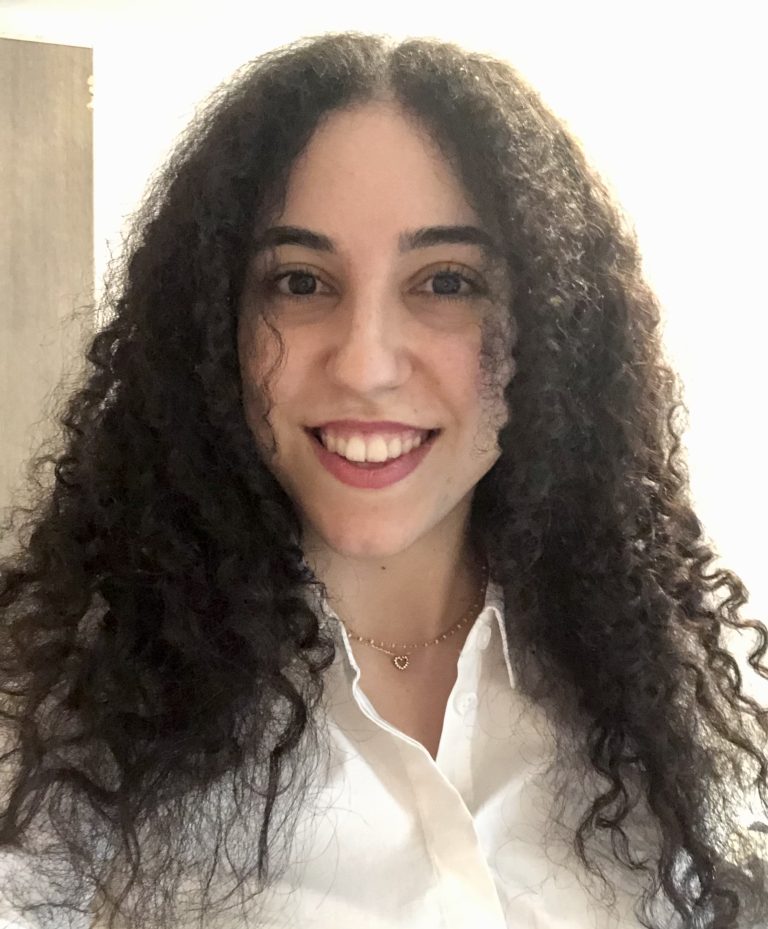
The AION Physics Case in a Nutshell
Note: this text is out of date. Sorry! We will update it when we can.
The proposed programme has broad applications to fundamental physics and aligns very well with the highest priorities in the UK and international science communities. It has exquisite sensitivity to the physics of space-time and its distortion between the sensors. The detector is highly sensitive to time-varying signals that can be caused by ultra-light particles. The discovery of such particles and their associated fields would both reveal the nature of the, as yet undiscovered, dark matter and blueprint a novel method to probe the associated theoretical frameworks. Furthermore, gravitational waves will induce time-varying signals in the sensor opening a new window on the cosmos that lies between Advanced LIGO and the LISA experiments with exciting opportunities for precision studies of various gravitational wave sources as well as totally new discoveries.
The AION project connects the fundamental research areas of particle physics and gravitational wave physics and it will enable studies of many of the fundamental puzzles of our universe, like dark matter as well as processes occurring in the early universe such as potential gravitational wave signals from inflationary fields as, for example, predicted in Higgs cosmology.
This third theme offers long-term, high scientific value outputs and is a cross-over between traditional particle physics, astrophysics and the physics of the early universe and opens a new dimension to multi-messenger observations. AION will take a technology developed for ultra-cold atomic physics and particle physics and deploy it for wider scientific goals. In particular, with an eventual construction of the km-scale Atom Interferometer detector, new gravitational wave sources will become observable. AION will establish the large-scale interferometric infrastructure and techniques in the UK and provide UKRI with the ability to complement the observational breadth of LISA, Advanced LIGO and the proposed Einstein Telescope, allowing complete coverage of the frequency spectrum. The 100m baseline atom interferometer would, on its own, be sensitive to high (~103) solar mass events. At the 1km scale, sources such as neutron star binaries or black hole mergers will be observed in the mid-frequency band, and then may be observed later by Advanced LIGO after the merger has passed to higher frequencies. Such joint observations will be a powerful new source of information, giving a prediction of the time and location of a merger event in Advanced LIGO – potentially months before it occurs.
In the following we show a few sensitivity examples for AION physics exploration. Further details on the AION physics case will be made available when the funding proposal is finalised:


People
Prof. Oliver Buchmueller
Dr. Charles Baynham
Dr. Richard Hobson





